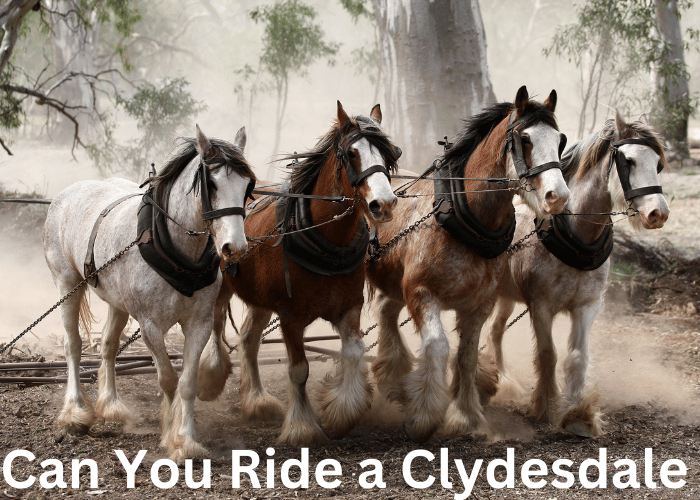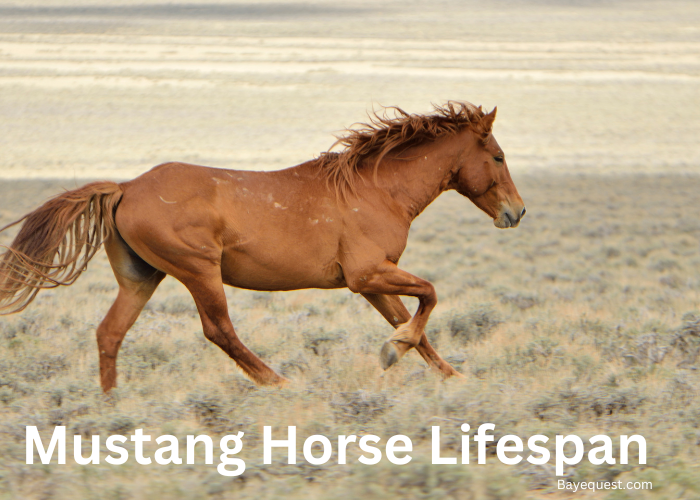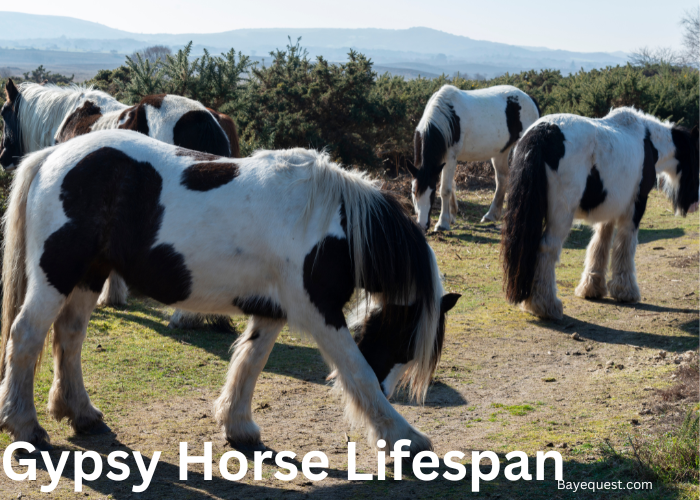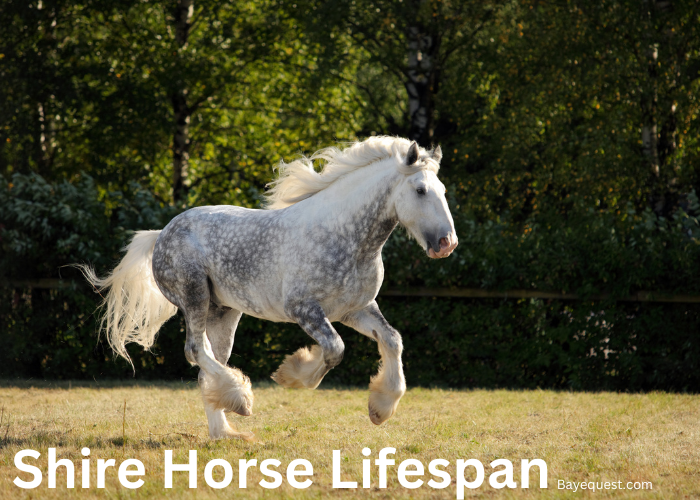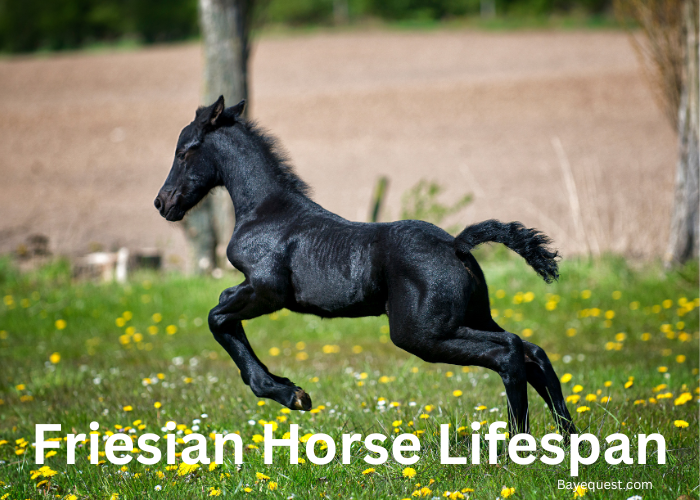The mighty Clydesdale, a giant among horses, is a true symbol of power and grace.
But here’s a question that might not have crossed your mind—can you ride a Clydesdale? These horses aren’t just about looks or heavy lifting; there’s more to them than meets the eye.
Today, we’re diving into the world of Clydesdales to explore if these gentle giants can be your next riding companion.
Join me as I explore the possibility of riding a Clydesdale horse.
Can You Ride Clydesdale Horses? Key Takeaway
Yes, you can ride Clydesdale horses. These strong and calm horses are rideable in select locations worldwide. These include Clydesdale Outpost in Whitefish, Montana. They are well-suited for riders due to their gentle nature, making them a unique and enjoyable choice for equestrian experiences.
What’s a Clydesdale Horse?
The Clydesdale horse’s name echoes through the hills of Scotland, where it first trotted into the world.
Picture the 18th century, a time when horses were the engines of society. It was then that the Clydesdale began its journey, bred along the banks of the River Clyde.
These horses were not just any horses. They were a mix of local stock and Flemish stallions, aimed at creating a breed that could handle the tough agricultural and industrial tasks of the day.
Now, imagine a horse that stands taller than most, with a body built like a fortress, yet moves with unexpected grace. That’s the Clydesdale for you.
They’re known for their substantial height, often standing over six feet tall at the shoulder, and for their muscular build.
Yet, it’s their unique features that catch your eye. Their feathered hooves seem to float above the ground, and their expressive faces tell a story of gentleness and strength.
Speaking of strength, let’s not forget their incredible power. Clydesdales were the workhorses of the past, capable of pulling heavy loads that no other breed could handle.
Despite their size, they move with a smooth, almost floating gait that’s a sight to behold.
But it’s not just about how they look or what they can do. It’s about who they are. Clydesdales have a temperament that’s as big as their stature.
In summary, the Clydesdale horse is a living testament to the history and heart of Scotland. Bred for strength but loved for their gentle spirit, they stand as a symbol of endurance and grace.
Can You Ride a Clydesdale?
Yes, you can ride a Clydesdale. I know when you think of Clydesdales, you picture towering creatures pulling wagons or parading in style.
But here’s the thing—Clydesdales, with their gentle nature and sturdy build, can indeed carry riders. Of course, it’s not your typical ride.
Due to their size, riding a Clydesdale is a bit different from hopping on a regular riding horse. They’re taller, for one, so you might need a leg up to get on board.
Then there’s the matter of their temperament and build. These horses have a calm demeanor, which makes them great for a leisurely ride. Plus, their strong backs can easily support the weight of a rider.
However, because of their size, you’ll need the right equipment—saddles and tack that fit comfortably.
Riding a Clydesdale isn’t about speed or agility; it’s about the experience.
Imagine sitting atop one of these gentle giants, feeling the smooth rhythm of their gait.
It’s about connecting with a piece of history, a breed that’s been a symbol of strength and perseverance through the ages.
Can You Side Saddle Clydesdale?
Yes, you can ride a Clydesdale side-saddle.
Think of it this way: Clydesdales are big, strong horses with calm personalities. This makes them great for side-saddle riding, a special way of sitting on the horse that looks elegant and graceful.
Since Clydesdales are so steady and gentle, they’re perfect for this style of riding.
You do need the right kind of saddle that’s made for side-saddle riding and it has to fit the Clydesdale. Plus, both the horse and the rider might need a little training to get used to it.
But once they do, riding a Clydesdale side-saddle can be a really cool experience. It’s a fun way to enjoy riding these amazing horses in a special and stylish way.
Are Clydesdales Comfortable To Ride?
Yes, Clydesdales can be comfortable to ride, but there’s a bit more to it than just hopping on. This is because of their size and strength.
Yet, Clydesdales offers a smooth ride. Their gentle, rolling gait can feel like gliding when you’re up there.
But because they are so tall and broad, finding the right horse riding position and getting comfortable might require some adjustment.
Their calm and friendly nature also makes the ride pleasant. They’re like the gentle giants of the horse world, making them good companions for a leisurely ride.
However, their size means you need the proper saddle that fits well to make sure you and the horse are comfortable.
So, riding Clydesdale is all about getting used to the feel of being on a larger horse and making sure you’re properly equipped for it.
Read also: Essential Horse Riding Equipment.
Considerations for Riding Clydesdale Horses
Riding a Clydesdale is a bit like driving a large, luxury SUV compared to a compact car. Here are some things to keep in mind:
Size matters. These horses are tall and broad. Getting on might require a boost, and you’ll feel higher off the ground. It’s like sitting on the second floor of a bus.
Equipment fit. Just like you wouldn’t wear shoes that are too tight, your Clydesdale needs a saddle that fits just right. Their size means you might need special tack to make sure both you and the horse are comfortable.
Strength and speed. Clydesdales are strong, not speedy. Riding one is more about enjoying the journey at a calm pace, not racing down the track.
Gentle giants. Their calm and friendly nature makes them great for relaxed rides. They’re the kind of friends who prefer a stroll in the park over a sprint.
Training for two. Both the rider and the horse may need a bit of extra training, especially if you’re used to smaller horses. It’s about learning to dance together, where one partner is a bit bigger.
Care and keeping. Clydesdales, with their size and feathered feet, need a bit of extra care. Think of it as having a pet that requires a special diet and grooming to keep them looking and feeling their best.
Benefits Of Clydesdale Horseback Riding
Riding a Clydesdale comes with some pretty cool perks.
First up, their smooth gait. Imagine cruising in a car that just glides over bumps in the road. That’s what riding a Clydesdale feels like. It’s so smooth that you barely feel the jolts you might on other horses. It’s like being on a gentle, moving couch.
Then, there’s the fact they don’t spook easily. Clydesdales are like the chill, laid-back friend who doesn’t jump at the slightest scare. This makes rides with them more relaxing because they keep their cool, even if a rabbit jumps out or a truck passes by.
And of course, they’re gentle giants. Despite their massive size, Clydesdales are some of the friendliest horses you’ll meet. Riding one is like hanging out with a big, calm buddy who just happens to have four legs. Their gentle nature makes them perfect for riders of all levels, including beginners who might be a bit nervous.
So, riding a Clydesdale? It’s about that smooth, easy ride, the peace of mind knowing your horse won’t easily spook, and enjoying the company of a gentle giant. It’s a pretty sweet deal.
Interesting read: Clydesdales Vs Draft Horses.
Challenges of Riding Clydesdales
Riding a Clydesdale, while an awesome experience, does come with its own set of challenges.
First off, their size. Imagine trying to climb onto a gentle giant; you’re going to need a step or a leg up to even get started.
Once you’re up there, it feels like you’re sitting on top of the world, which is cool but can be a bit intimidating for some.
Then there’s finding the right gear. It’s like trying to find a pair of shoes for someone with incredibly large feet.
You need a saddle and tack that fit just right, or else it’s uncomfortable for both you and the horse. This might mean special ordering equipment or searching a bit harder to find the right fit.
And don’t forget, these horses are strong. They’re bred to pull heavy loads, not necessarily to be quick and agile like other riding horses.
This means you might have to adjust your riding style and expectations. It’s more about enjoying a leisurely stroll than winning any races.
Lastly, their care. With great size comes great responsibility. Those beautiful feathered legs? They require regular grooming to keep them clean and healthy.
And because of their size, Clydesdales eat a lot, which can mean more time and money spent on upkeep.
So, while riding a Clydesdale is definitely a bucket-list experience, it’s not without its hurdles. But for those who take the leap, the rewards often outweigh the challenges.
Can Clydesdales be Racehorses?
No, Clydesdales can’t really be racehorses, at least not in the way you might think.
Clydesdales are the heavy-lifters of the horse world, built more for power and less for speed. Think of them as the strong, sturdy trucks, while racehorses are the sleek sports cars.
Clydesdales have this big, muscular build that makes them one of the strongest horses in the world.
Plus, their temperament is more laid-back. They’re the calm, steady types, not the high-energy sprinters you see in racing. And their size? It means they just don’t move as quickly as those thoroughbreds you see winning races.
So, while Clydesdales are champions in their own right, racing against the clock on a track isn’t their game. They’re more about strength and endurance, perfect for parades and heavy hauling.
Now, find out some of the fastest horses in the world in our other blog.
Can Clydesdales Jump?
Yes, Clydesdales can jump. However, it’s not their main thing.
They’re not like those lighter, sprightlier horses you see in show jumping, flying over fences like it’s nothing.
Clydesdales, with their massive size and strength, can jump, but they do it in their own way. It’s more about getting over the obstacle than doing it with the grace and speed of a smaller horse.
So, while you might not see a Clydesdale in the Olympics for show jumping, don’t count them out in a pinch.
They’ve got the heart and the ability to surprise you, making a jump when they need to or even just to show they can. It’s all part of their versatile, can-do spirit.
Can Clydesdales Do Dressage?
Yes, Clydesdales can do dressage.
When most people think of dressage, they picture sleek, elegant horses dancing around. But here’s the thing: Clydesdales, those big, strong horses known for their might, can step into the dressage ring too.
Clydesdales might not be your typical dressage stars, but they bring something special to the table. Their movements might be more about strength and less about the delicate finesse you see with traditional dressage breeds.
The key here is training and adaptation. Dressage is all about communication and partnership between horse and rider.
Clydesdales, with their keen intelligence and willingness to work, can indeed make that connection.
They might do it more slowly, but they can perform those precise movements and patterns, showcasing their own kind of elegance.
So, while they’re not the usual face of dressage, Clydesdales prove that dressage is not just for the light and nimble. It’s a sport for those who can connect, communicate, and perform.
Are Clydesdales Good for Trail Riding and Hacking
Yes, Clydesdales are great for trail riding and hacking.
First, their calm and steady nature is a big plus. When you’re out on the trails, you want an unflappable horse that doesn’t spook easily.
Clydesdales, with their cool, collected demeanor, are just the type for a peaceful ride through the woods or countryside.
Then there’s their strength and endurance. These horses were bred to work, to pull heavy loads, and to keep going. This means they have the stamina for long rides and can handle varied terrains without tiring quickly.
Their size can also be an advantage. Being up high gives you a better view of your surroundings, making it easier to navigate and enjoy the scenery.
And let’s not forget their friendly nature. Clydesdales are known for being gentle giants, making them great companions on solo rides or group outings.
They’re sociable, not just with humans but often with other horses as well, which can make group hacks more enjoyable.
Interesting Read: Can I Ride a Zebra?
Can a Clydesdale Pull Weights?
Yes, a Clydesdale can pull weights, and quite impressively so.
Clydesdales are like the heavy-duty haulers of the horse world. They were originally bred for farm work and pulling heavy loads, so strength is in their nature.
Their muscular build and large size give them the power to pull significant weights, whether it’s a plow through fields or a wagon loaded up for a parade.
This ability isn’t just about raw strength, though. Clydesdales have a calm and willing temperament, which means they’re not just strong; they’re also cooperative and easy to work with.
Although their historical role in agriculture and transport has evolved, they still showcase their strength in competitions and demonstrations. They can pull sleighs and carriages and even compete in pulling contests.
Read also: Clydesdale Horse Vs Regular Horse.
Is There a Weight Limit for Riding Clydesdales?
Yes, there generally is a weight limit for riding Clydesdales, as there is for riding any horse, but it’s not a one-size-fits-all number.
The weight limit depends on several factors, like the horse’s health, age, and conditioning.
Clydesdales are strong and can carry more weight than lighter horse breeds. A common guideline for horseback riding is that a horse can carry about 20% of its body weight, including the rider and all equipment.
Since Clydesdales can weigh between 1,800 to 2,200 pounds or more, they can carry more weight than smaller horses. This means they can comfortably carry a rider and tack weighing between 360 to 440 pounds.
However, it’s essential to consider the horse’s comfort and well-being. A well-fitting saddle that distributes weight evenly and proper riding techniques help ensure the horse isn’t overburdened.
Interesting read: Names of Giant Horses.
Clydesdale Riding: Conclusion
So, can you ride a Clydesdale? Absolutely!
These gentle giants, with their calm demeanor and sturdy build, are more than just parade icons or beer commercial stars. They offer a unique riding experience that’s both smooth and memorable.
While they might require special tack and a bit more upkeep due to their size, the reward is a bond with a horse that’s as loyal as they come.
Riding a Clydesdale isn’t just about the act of riding. It’s about connecting with a piece of history, feeling the power beneath you, and enjoying the journey from a majestic vantage point.




